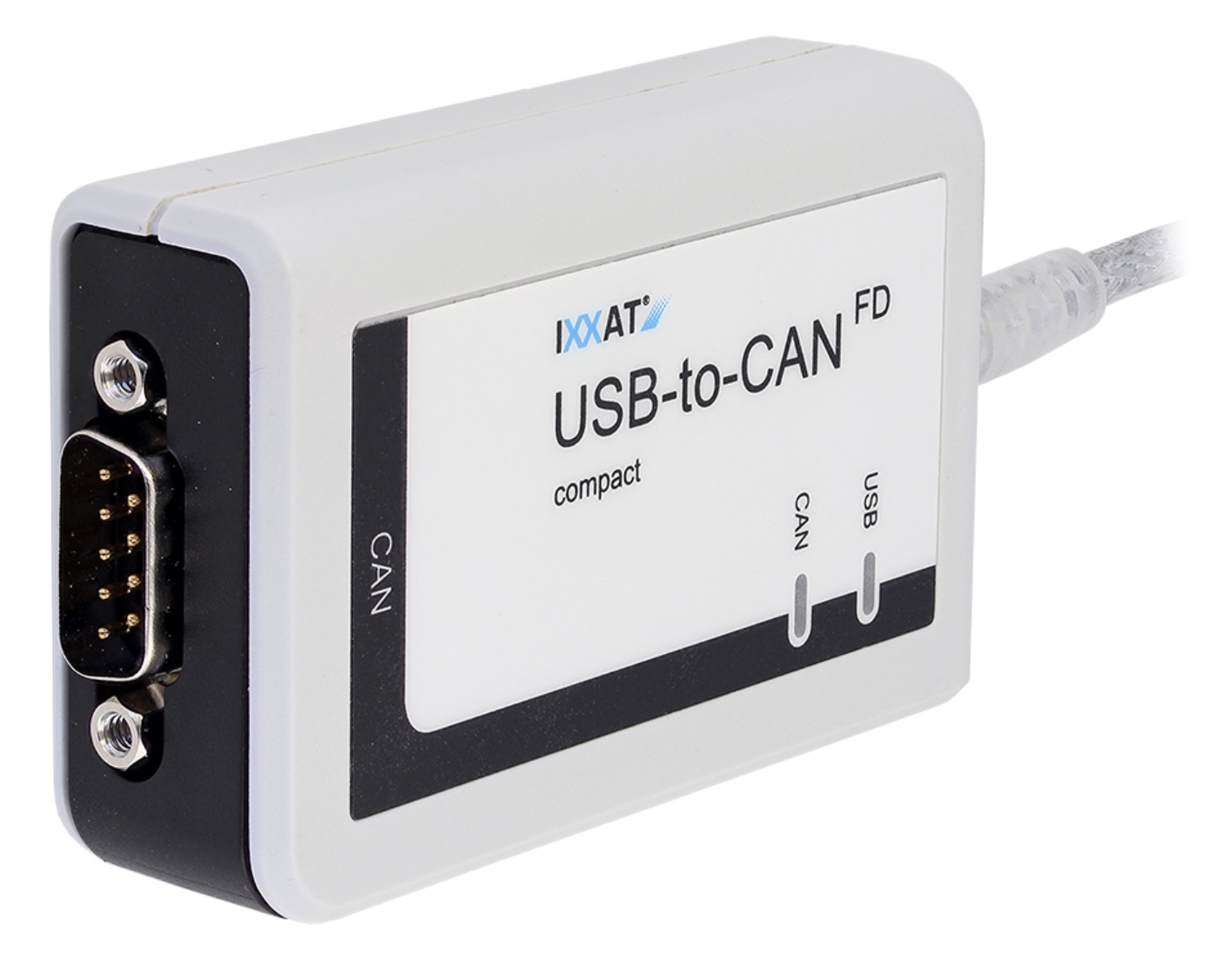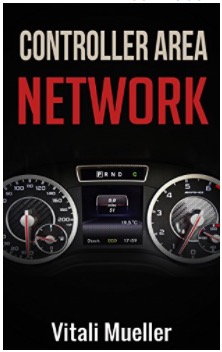Recent Posts
HMS Introduces IXXAT USB-to-CAN FD (Flexible Data Rate) Gateway
Posted by on
The IXXAT PC interfaces for CAN FD and CAN are typically used for control, monitoring, analysis or configuration purposes. HMS now introduces the IXXAT USB-to-CAN FD — a USB-connected version which is ideal for mobile analysis and configuration. More interface standards will soon be supported, as IXXAT CAN FD versions for Mini PCIe, PCIe 104, XMC and PMC are currently being developed (CAN FD on PCIe is already supported by the existing IXXAT CAN-IB 500/PCIe and CAN-IB 600/PCIe).
IXXAT CAN FD interfaces can be adapted to various applications. Depending on the version, the CAN FD interfaces offer up to two CAN FD and up to four CAN channels. Customers can also optionally choose galvanic decoupling or add other available interfaces, for example for LIN network connectivity. All CAN FD interfaces come with free-of-charge driver packages – VCI for Windows as well as ECI for Linux and real-time operating systems (VxWorks and RTX for CAN FD and CAN, INtime and QNX for CAN). The driver packages support all IXXAT PC interfaces with a uniform programming interface. Thanks to this, CAN-users can change the card type without changing the customer application.
With the IXXAT CANbridge NT 420, HMS is introducing a bridge/router with CAN and CAN FD support within one DIN rail mounted product. Using the CANbridge NT 420, system integrators can increase the length of their systems, apply filter and translation rules for the message transmission, as well as to de-couple CAN FD and CAN systems.
HMS now also launches the IXXAT CAN@net NT 420 Ethernet-to-CAN FD gateway, which can be used to enable network coupling over large distances via Ethernet (operating as a bridge), as well as to connect PCs or embedded controllers to CAN FD systems via Ethernet.
Controller Area Network Projects with Arduino Uno and Raspberry Pi 3
The Controller Area Network (CAN Bus) was developed in the mid 1980's by Bosch and Intel, for use in the automotive industry. Today, CAN Bus is not only used in passenger cars, but it is also used in many other applications such as:
- Bus
- Train
- Aviation
- Lift
- Medical Equipment
- Space application
- And much, much more …
The goal in this series of eBooks is to explain the fundamentals of the Bus System and CAN Bus protocol, and to give the reader a detailed understanding how communication between microcomputers in the automotive industry transmit, receive, and process data.
In the Controller Area Network Projects – Part 2, you will learn about the Arduino and Raspberry Pi Framework, and you will be walked through the installation process, what software needs to be installed, and how to prototype software application. We will also hack into an instrument cluster to identify CAN Bus Ids from the modules and write functionalities in the software to control the module unit.
At the end of this eBook you will have a good understanding,
- How Network Communication works
- How Controller Area Network works
- Have the knowledge to proceed to Part 2 (CAN Bus Projects)
- More Information...
 Loading... Please wait...
Loading... Please wait...


